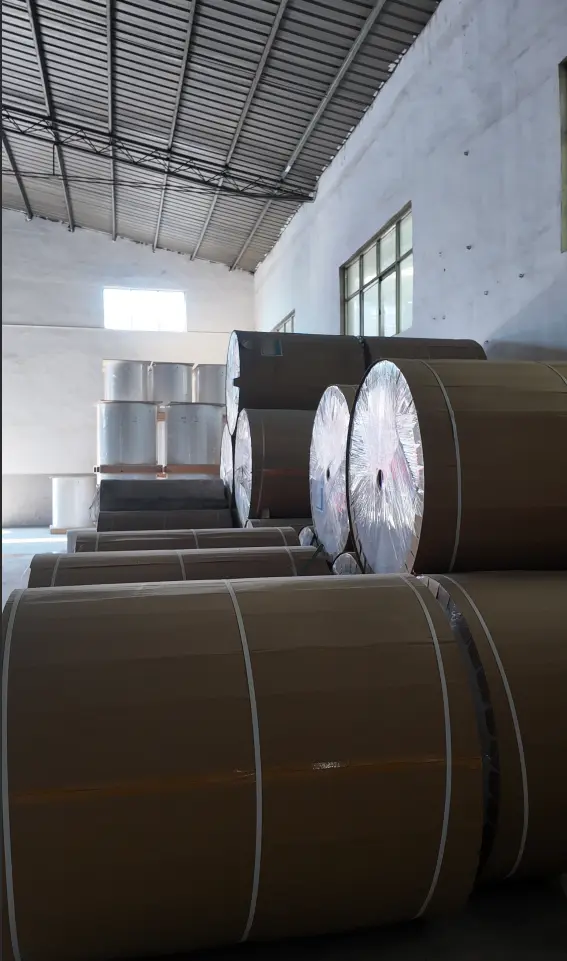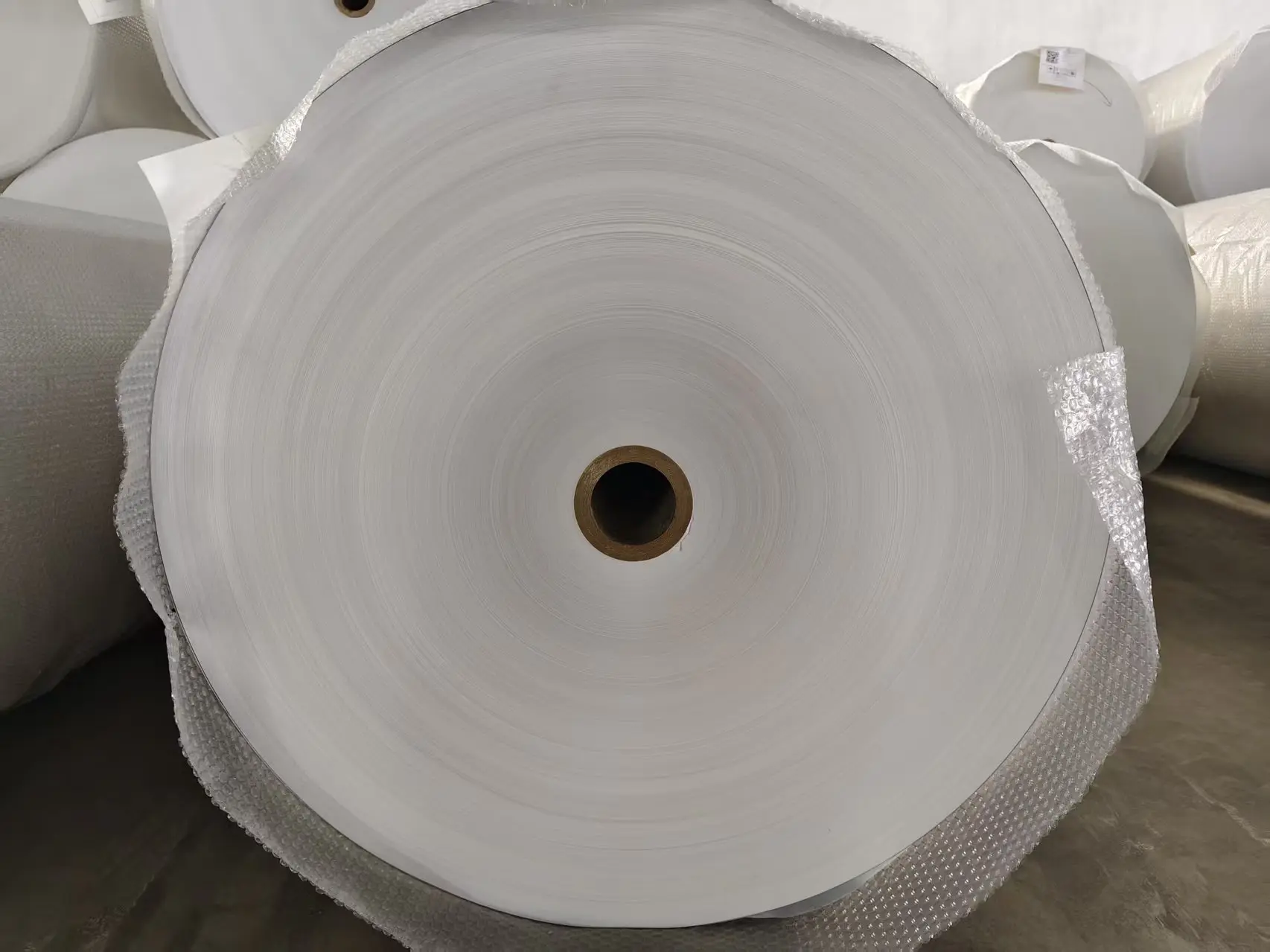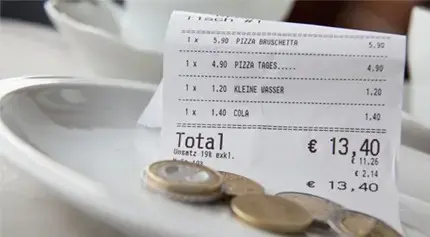Global Pulp Prices Bottom Out and Rebound
After a period of sustained low-level operation in the first half of 2025, the global pulp market has recently shown clear signs of bottoming out, with hardwood pulp prices taking the lead in stabilizing and rebounding, and the industry is about to enter a new upward cycle.
According to data from Fastmarkets RISI, the price of Bleached Hardwood Kraft Pulp (BHKP) in the Chinese market fell to a phased low of $545 per ton in the first half of 2025, the lowest level in the same period in nearly three years. This price has approached the marginal cost line of some high-cost pulp mills. Leading enterprises have clearly stated that the current price has triggered a production capacity adjustment warning, and some inefficient production capacities are facing the pressure of production reduction.
The core driving force behind the price rebound comes from the structural improvement on both the supply and demand sides. On the supply side, the 2.55 million-ton hardwood pulp capacity of Suzano Cerrado and the 1.7 million-ton domestic capacity of Liansheng, which were put into production intensively in 2024, have been gradually released, and the market's concerns about new production capacity have basically been digested. At the same time, the landed cost of softwood pulp from Canada is as high as $730 per ton, providing solid support at the price bottom, and there is limited room for further decline. On the demand side, with the arrival of the traditional "Golden September and Silver October" peak season, domestic tissue paper and packaging paper enterprises have begun to replenish inventories. Combined with the inventory replenishment cycle before the Lunar New Year, it is expected to drive the continuous rebound of pulp prices.
Industry analysts pointed out that global pulp inventories have entered a destocking cycle from the historical peak. At present, the inventory of softwood pulp is 49 days and that of hardwood pulp is 54 days. With the recovery of demand, the inventory pressure will be gradually alleviated. For downstream enterprises, the current period may be the best window for stock preparation, and it is recommended to reasonably plan the procurement rhythm in combination with production needs.









